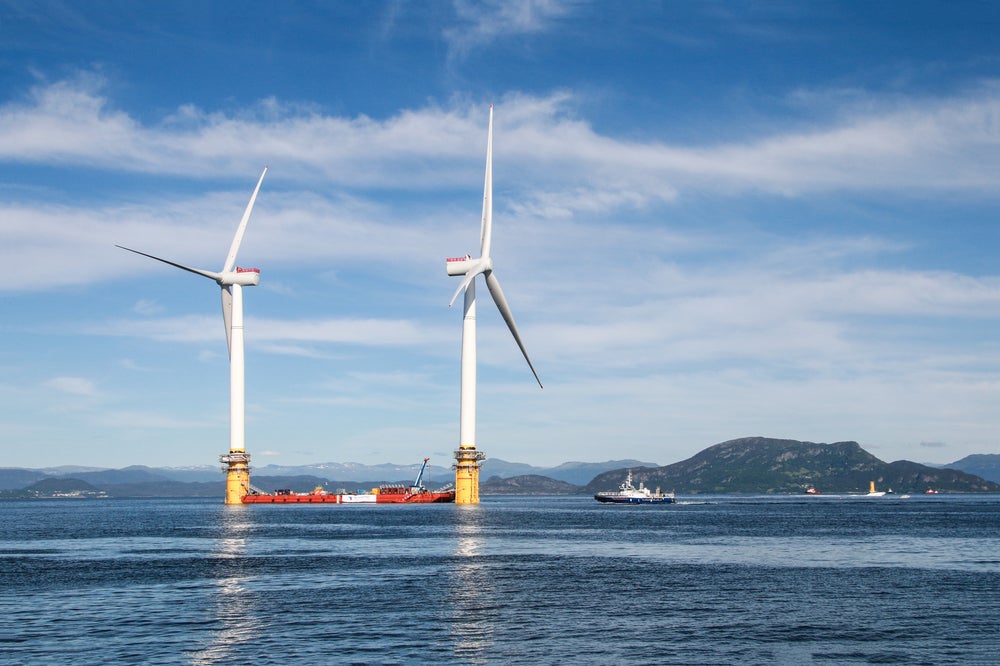The Crown Estate Scotland recently awarded 17 offshore wind projects in its vast ScotWind seabed tender, covering 7,000km2 and adding up to almost 25GW of capacity. With 15GW of the capacity to come from floating offshore wind farms, the auction further cements Scotland’s position as the front runner in Europe’s floating offshore industry.
In total, the Crown Estate received 74 bids for the 15 areas that were auctioned – amounting to 8,600km2 of sea space. The 17 successful projects have been offered option agreements, with a tender design with a maximum price ceiling of £100,000/km2.

Awarded projects include consortia led by BayWa, BP Alternative Energy Investments, DEME, Falck Renewables, Magnora, Northland Power, OceanWinds, Offshore Wind Power, Scottish Power Renewables, Shell New Energies, SSE Renewables and Vattenfall.
Europe only has three small floating offshore wind farms in operation – two of them, the 30MW Hywind Scotland project and the 50MW Kincardine project are already in Scotland. The ScotWind seabed tender will bring Scotland’s floating wind capacity to over 15GW by the mid-2030s.
A total of 80% of Europe’s offshore wind resource is in waters 60m and deeper, including most opportunities in the Atlantic, Mediterranean Sea, Celtic Sea, Black Sea and Norwegian Sea. In these areas, where traditional, bottom-fixed turbines are not economically attractive, floating turbines can unlock offshore wind’s potential. Industry association WindEurope estimates that up to a third of the offshore volumes needed for Europe to reach net-zero by 2050 will come from floating turbines.



